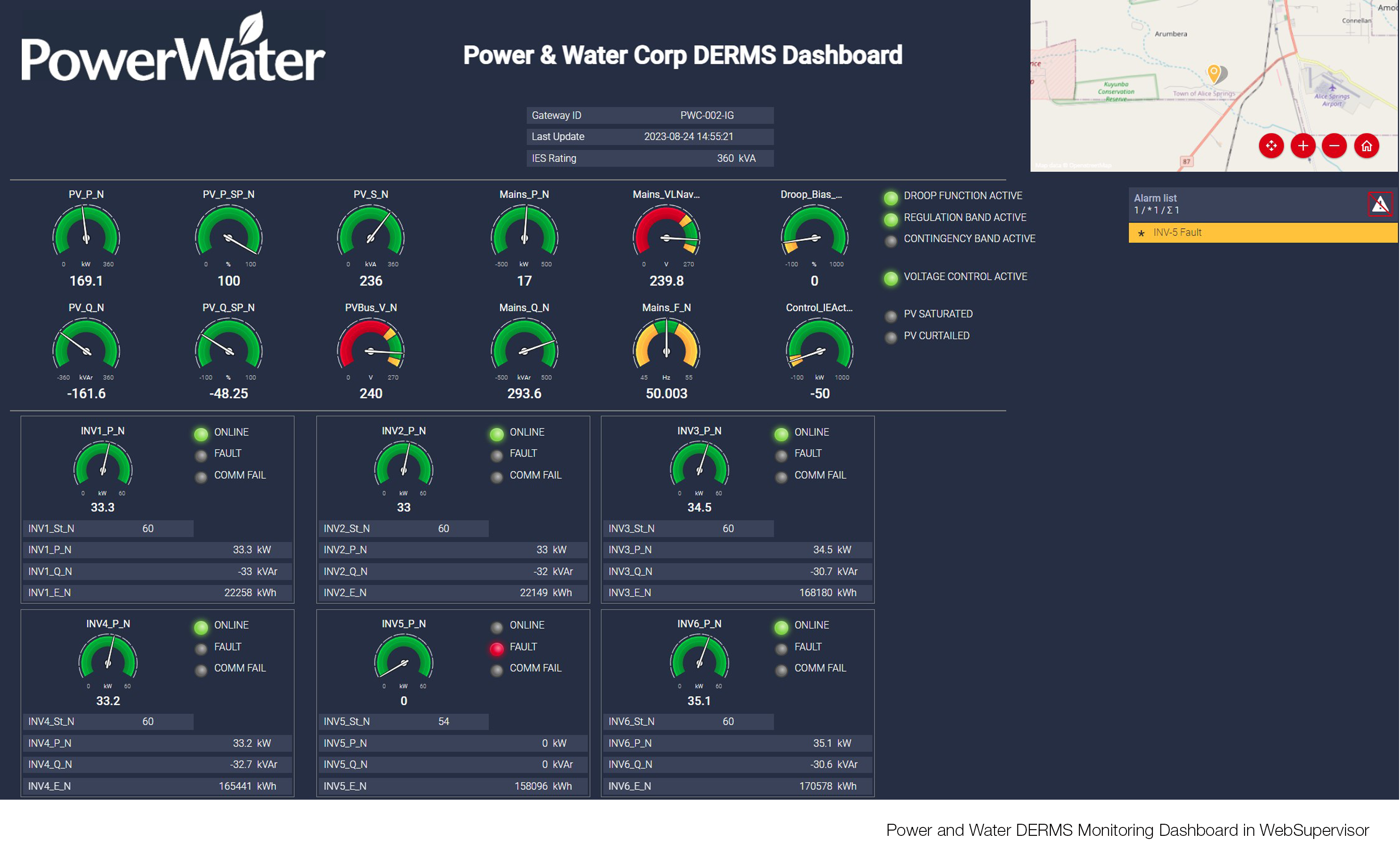You need an account to access this content
Create a free account and get access to all downloads and more!

Expert blogs

24 Jan 2024
5 min read
*This article was originally published in Microgrid Knowledge.
The growth of Distributed Energy Resources (DERs) and decentralized energy distribution systems has created significant challenges for transmission system (TSO) and distributed system (DSO) operators alike. While historically our main challenge was to inspire the adoption of renewable energy sources like solar panels, today the question is how to ensure we can maximise the utilisation of DERs without compromising the integrity of distribution networks (poles, wires, substations etc.) that are still playing a game of catchup with the new technologies.
DERs have been transforming power generation as we know it, introducing more renewable energy, reducing carbon emissions, and reinforcing the energy resiliency of communities and the grid.
Two noteworthy countries that have seen rapid investment and deployment of DERs into their traditional energy networks are the U.S. and Australia. Supporting data includes Wood McKenzie’s current projection that DER capacity in the United States will reach 387 gigawatts by 2025; and on the other side of the world, the Australian Renewable Energy Agency reports expected demand growth for DERs, citing estimates from the Electricity Network Transformation Roadmap that DERs may account for 45 per cent of Australia’s generation capacity by 2050.
Furthermore, both countries have introduced financial incentives to encourage more rapid deployment of hybrid microgrids and subsequently DERs, to expedite the transition towards greener energy sources, reduce residential and commercial bills, and also improve the resiliency of the main grid and its capacity to respond to the increasing frequency and impact of natural disasters.
While the potential and benefits of DERs are undisputable, they do introduce new challenges to those responsible for guaranteeing our access to reliable energy. Currently one of the biggest challenges is the monitoring and control of their input into the main grid. TSOs and DSOs often don’t have good visibility and control, especially when many DERs are installed behind-the-meter. For utilities charged with guaranteeing quality of service to their customers, network capacity planning, infrastructure gap analysis and network stability analysis become much more complex to model accurately when these DERs are non-visible.
Take for example the case of Power and Water Corporation (P&WC), the distribution network operator for the Northern Territory in Australia that our team collaborated with recently to develop a smart energy management (DERMS) solution. Whilst being open to adopting new renewable projects, P&WC were looking for an effective way to manage and integrate the growing number of distributed energy resources into their grid. One of their more isolated power systems, Alice Springs, was facing complex challenges with generation asset management and infrastructure planning due to the “invisible” nature of behind-the-meter resources. Accordingly, P&WC were struggling to manage the system’s stability and security, issues that were arising from limited daytime load and no other grid interconnections that could allow the export of the extra renewable energy.

As a temporary solution to the situation, the company tried to limit and even prohibit existing and new commercial installations from exporting solar power into the grid. However, this approach was not consistent with broader stakeholder expectations. Specifically, the Northern Territory’s government had set their policy to have 50% renewable energy consumption by 2030, requiring a rethink on how to approach DER integration into their isolated networks.
To support the enablement of higher volume and more reliable contribution from DERs, our team in Australia in collaboration with P&WC developed a Distributed Energy Resource Management (DERMs) solution. The solution is based on both local control hardware and remote management software, which enables individual site tuning via key parameters. It combines high speed, high availability control loops and simple and reliable remote management of all resources.
With the DERMs, P&WC has real-time onsite information about potential power changes, demand or production surges and can plan in advance to better manage the overall power system. Some of the benefits of the DERMs solution for the utility company include:
With the increased prevalence of smart grids and decentralized distribution systems, DERM solutions will be a key tool necessary to ensure greater energy resiliency and decoupling from carbon-based energy sources globally. There are big expectations and forecasts that DERs will be key to enhancing the use of renewable energy and supporting everyone globally to achieve our Net Zero goals by 2050, but smart energy management systems will be an integral component necessary to ensure the benefits of DERs are fully utilised.